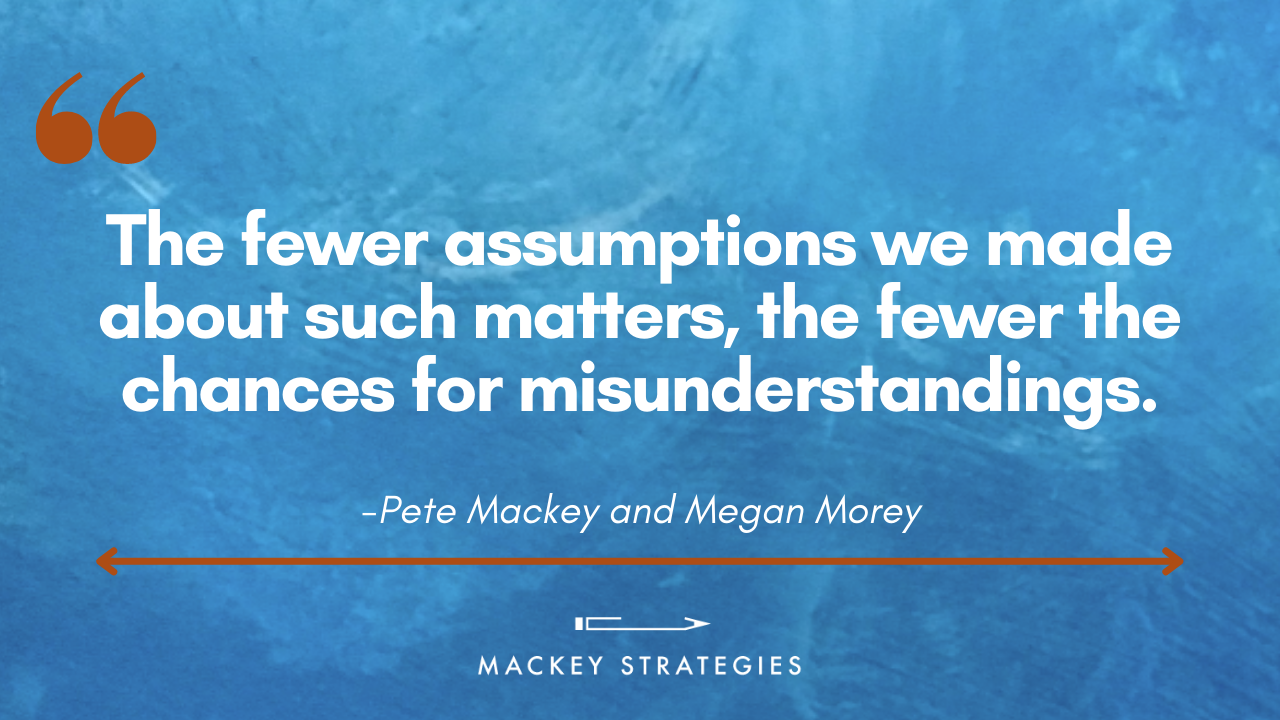By Pete Mackey, Ph.D., and Megan Morey
An effective, strategic relationship between communications and advancement staff can be among the most valuable of all office collaborations on a campus–and among the most difficult to build. Their portfolios and constituencies overlap, each team gets pulled in countless directions, and the ROI expectations they face are different. But in our experience a few key factors can produce thriving partnerships.
With our backgrounds in communications (Pete) and advancement (Megan) across 50+ years of combined experience–and who once worked together, at Amherst College–we’ve seen firsthand the challenges that can arise when these teams are not well aligned. During our recent presentation at CUPRAP’s Spring Conference, we shared several recommendations for making this partnership work, including these three:
Build the culture you want through the processes you formalize.
For example, during our shared tenures we made a point of getting to know each other early on, established weekly and bi-weekly meetings in our schedules, regularly involved key staff in those meetings, and shared a half-day of the communications office’s campus retreat for leadership and staff to discuss each other’s goals and needs for the year ahead.
Deliberately and clearly align external communications responsibilities.
Alumni and donors are advancement’s core constituency–and among communications’ most important. Who is in charge of which communications to them, whether for email, web, social, or more, in everything from informational to fundraising to crisis communications, and who will draft them, by when, for whose final review? The fewer assumptions we made about such matters, and the more forthrightly that roles were understood, the fewer the chances for misunderstandings under pressure that can damage trust and mutual confidence.
Seek a formal point of integration.
Is there a staff member in the communications office whose primary responsibility is advancement communications? Is there a staff member in advancement besides the top person who is the communications office’s go-to person for questions? Formalizing such responsibilities provides a line of direct, regular interaction to ensure both teams know what to expect of the other and allows the day-to-day planning and coordination that make good partnerships thrive.
From campus crises to the growing challenges facing institutional fundraising, communications with alumni, parents, and donors have become more complicated and often more urgent than ever. But processes that bring clarity and understanding across these two offices will improve the professional lives and impact of all the incredibly dedicated staff who make this work matter.

